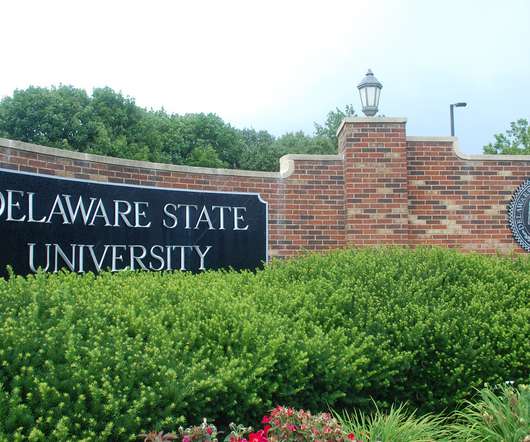Why I’m Optimistic About the Next Wave of Education Technology
Edsurge
JUNE 18, 2017
My bet is that by 2040, our children will look back on this period between 2015 and 2030 in education technology much the same way internet historians look to the period 1995 to 2010 as the birth of the commercial web. Although we were convinced that technology could transform education, simple internet access was patchy at best.






















Let's personalize your content